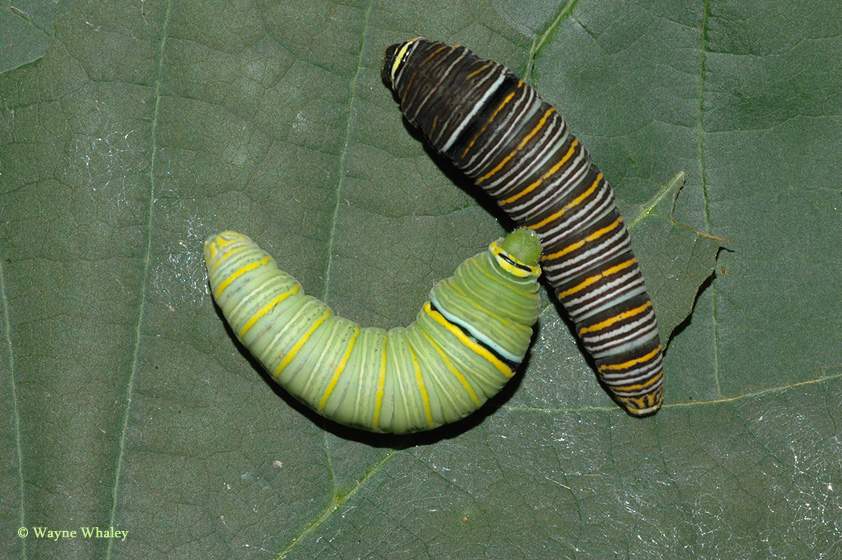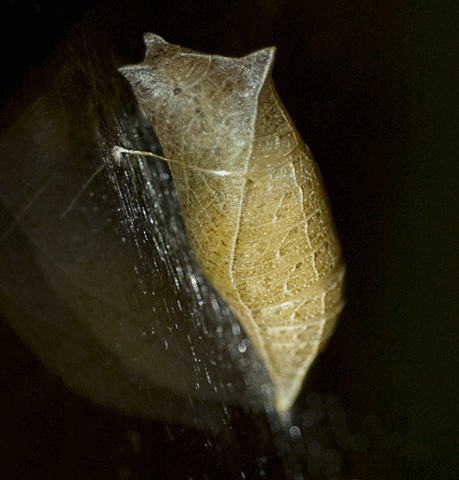Form and Function
Many people view a butterfly as a gentle, free, and beautiful organism. There are many parts that come together to create this organism of beauty. However, none of them stands out more than their colorful wings. These wings are made up of thousands of scales layered on top of each other in order to create the colors that we see. These wings although beautiful serve many useful functions other than flying. Some butterflies wings can be used as camouflage or as a warning sign to predators. The darker colors, especially where the veins run through the wing, collect more heat for the organism. Wings are also hydrophobic and therefore repel water (Edwards 2008).
However, the wings are not the only feature of butterflies that serve a function. They are made up of a head, thorax, and abdomen region that are protected and supported by an exoskeleton. The head region contains antennae, eyes, and a mouth. Antennae are used to sense the environment around them with chemoreceptors that send information to the brain. The compound eyes of butterflies can see ultraviolet, which helps with seeing in the dark. Lastly, these organisms feed on nectar and in order to do so, they have a feeding structure in the form of a tube, which they uncoil from the head. This structure is called a proboscis. The thorax region is where the six legs and two wings attach. These legs, like the antennae, are jointed and have chemoreceptors for taste and smell (Edwards 2008).
Eurytides
marcellus is a butterfly and therefore contains all of these
shared characteristics, but it is also its own species containing
unique characteristics. The wingspread is between 2.9 and 4.9 cm,
and their hind wings contain long tails. The zebra swallowtail has
seasonal dimorphism, which results in the organism being smaller, a
lighter color, and having shorter tails in the spring, than in the
summer (Hall and Butler 1998).

However, this winged beauty is not the first stage of a butterfly’s life cycle. When they first hatch, they are in the larval form of a caterpillar. The E. marcellus larva are dark with yellow, black, and white thin lines running across its body when they are young and are green with wider blue, black, and yellow bends between the abdomen and thorax when older (Hall and Butler 1998). Caterpillars have strong jaws in order for it to complete its job of eating and growing. It will shed multiple times until it is ready for metamorphosis (Prior 1999).
In order for the larva
of the E. marcellus to survive into adult form it has
evolved more than one chemical defense. The one that was discovered
first was the expelling of butyric acid by the
osmeterial glands (Martin et al. 1998). The osmateria are
located between the prothorax and the head (Damman 1986). This
defends against small predators, such as ants. The other chemical
defense can protect the larva and adult form from larger predators,
such as birds. The fatty acids annonaceous acetogenins are the
foundation of this defense and are retained by the organism from
their larval food source (Martin et al. 1998).

Once the larva is ready, it forms a cocoon around itself and this is now called a pupa. This is where the organism undergoes metamorphosis. The E. marcellus has pupae that are green and brown because of the environment they live in. Green pupae tend to be found on green stems and leaves, while brown pupae are found on brown leaves (Marshall et al. 2005). The pupae also have light lines that help it disguise itself as a leaf (Hall and Butler 1998).
.jpg)